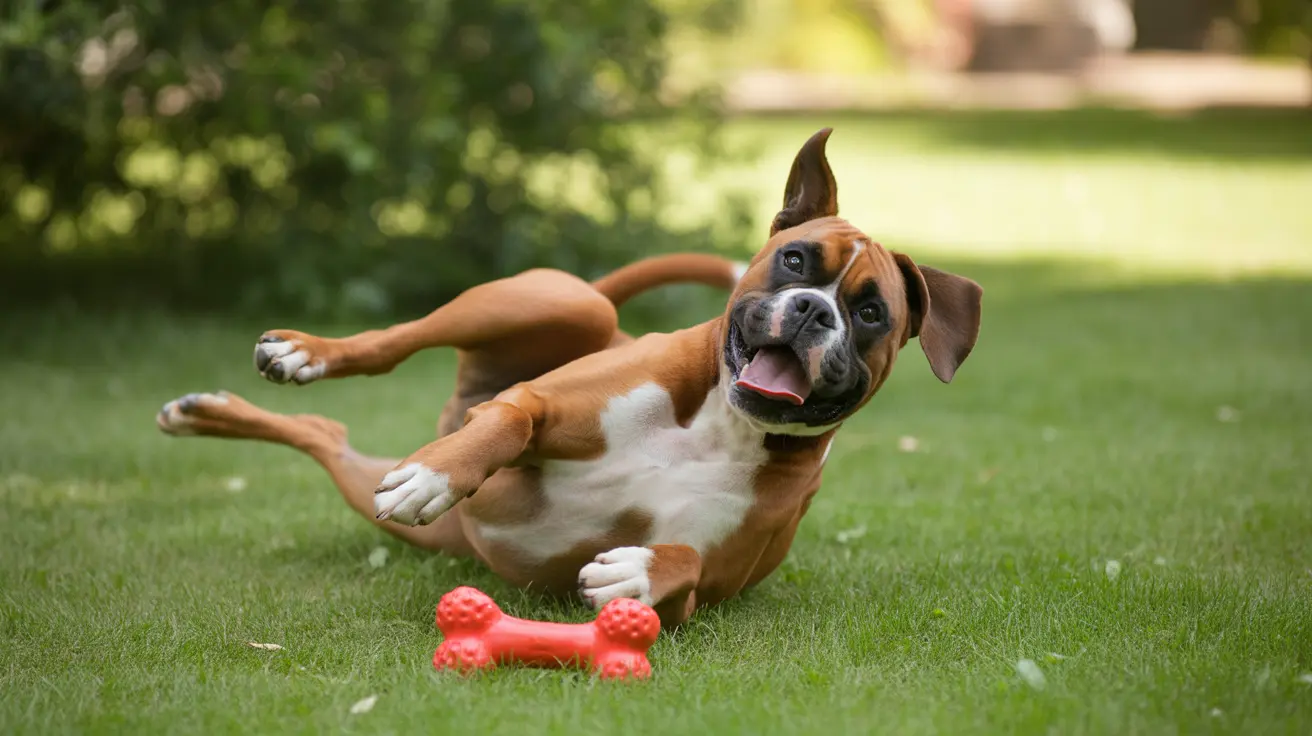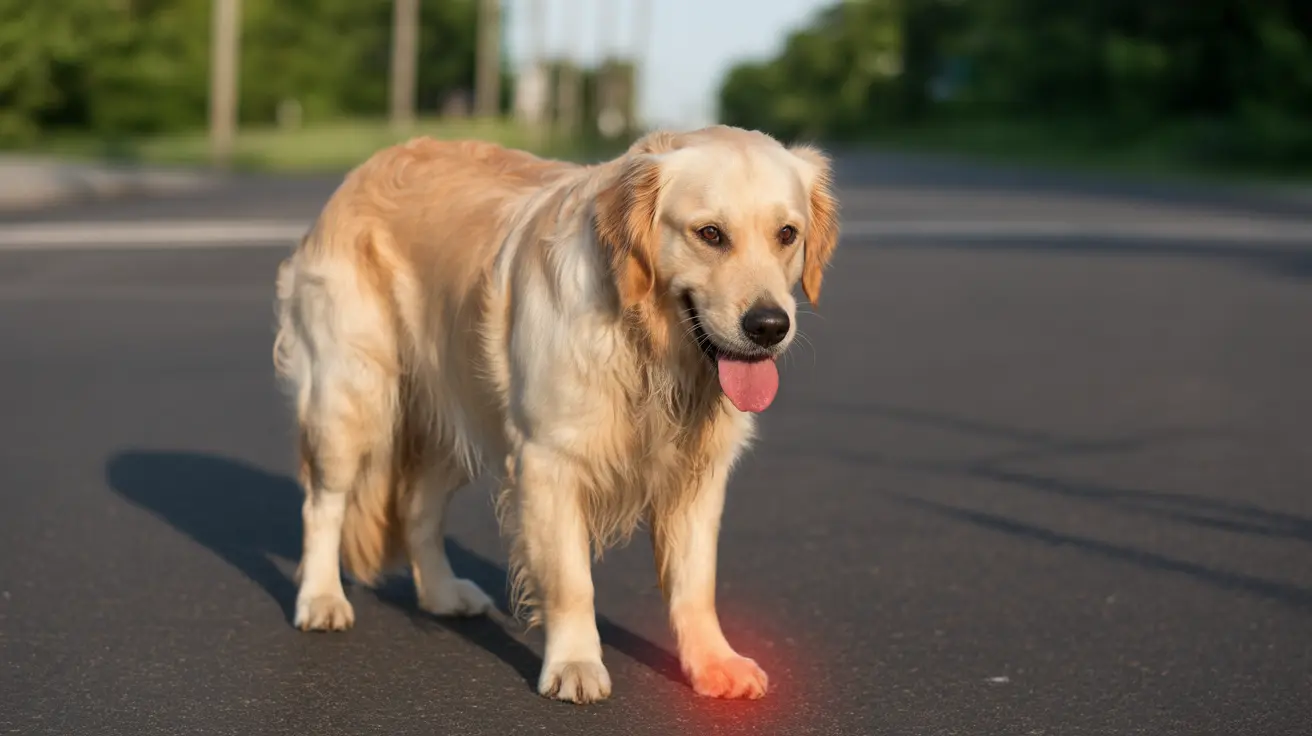Understanding the Differences: American Bully, American Bulldog, and Pitbull
If you've ever confused an American Bully, American Bulldog, or Pitbull (specifically the American Pit Bull Terrier), you're not alone. Their similar looks and overlapping histories can make identification tricky. But each breed stands apart in origin, appearance, temperament, and care needs. Let's break down what sets them apart so you can choose the right companion for your lifestyle.
Origins and Breed History
The story starts with their roots:
- American Bulldog: Developed in the United States from Old English Bulldogs. Originally bred as working farm dogs—they guarded property, herded livestock, and helped manage unruly animals.
- American Pit Bull Terrier (APBT): Emerged in 19th-century England by crossing Bulldogs with Terriers. These dogs were bred for strength, agility, and companionship.
- American Bully: The newest of the trio. Created in the US during the 1990s by combining APBTs with American Staffordshire Terriers and other bulldog-type breeds. The goal? A friendly companion dog with a gentle demeanor.
Physical Characteristics
Their builds differ noticeably once you know what to look for:
- American Bulldog: The largest—males often weigh 75-100+ pounds and stand 20-27 inches tall. They're stocky and muscular with broad chests and big heads.
- Pitbull (APBT): Medium-sized, leaner, and very athletic. Males usually weigh 35-60 pounds (females: 30-50 pounds), standing about 17-21 inches at the shoulder. They have defined muscles but less mass than Bulldogs or Bullies.
- American Bully: Known for their wide stance and heavily muscled bodies. They come in several sizes—Pocket (as small as ~30 pounds), Standard, Classic, XL (over 120 pounds). Expect a broader head, shorter legs, and more bulk compared to a Pitbull.
Temperament & Personality
Their personalities reflect their original purposes—and selective breeding over time:
- American Bulldog: Alert, confident protectors. Loyal to family but may be dominant or wary of strangers without early socialization.
- Pitbull (APBT): Energetic, smart, eager to please. Well-socialized individuals are affectionate with people—often great with kids—but can have high prey drives or be reactive toward other dogs if not managed properly.
- American Bully: Bred for an even-tempered nature. They're friendly "gentle giants"—patient with children and less reactive overall when well-socialized.
Exercise & Care Needs
If you want a couch potato, think twice! These breeds thrive on activity:
- Bullies & Bulldogs: Both need around one to two hours of daily exercise—think walks, playtime, obedience training or agility sports. Without it? Destructive behaviors often follow.
- Pitbulls: Also require structured exercise but may need even more mental stimulation due to their intelligence and drive.
- Bullies: Tend to settle calmly at home after moderate activity; they're sometimes a better fit for less active households if basic needs are met.
Training & Socialization
No matter which breed you choose—early socialization is key. All three respond best to positive reinforcement methods. Consistent boundaries help prevent dominance or fear-based behaviors. While Bullies are often more tolerant of other pets than Bulldogs or Pitbulls, all need supervision around unfamiliar animals.
Health Considerations
- American Bulldogs: Prone to hip/elbow dysplasia; some skin issues.
- Pitbulls: Watch for allergies, skin problems, occasional heart conditions.
- Bullies: May face cardiac problems or allergies depending on lineage.
Lifespan typically ranges from ten to sixteen years across these breeds—with genetics and care making all the difference. Regular vet visits help catch issues early.
The "Pit Bull" Confusion & Legal Issues
The term "pit bull" is often used loosely—not just for APBTs but also Bullies, Staffordshire Bull Terriers, even mixed breeds that look similar. Visual identification isn't reliable; DNA testing helps clarify ancestry but can't predict temperament perfectly.
Breed-specific laws can affect owners—especially those with Pit Bulls or pit bull-type dogs—in some regions where bans or restrictions exist. Insurance companies may also limit coverage based on breed type.
Responsible ownership matters!
A Quick Comparison Table
- American Bulldog: Large/stocky/protective/working background—best for experienced handlers who can manage assertiveness.
- Pitbull (APBT): Medium/athletic/intelligent/energetic/loyal—needs structure & activity.
- Bully: Stocky/heavily muscled/friendly/companion-focused/often most relaxed—sometimes easier for beginners but still needs training.
Main Takeaways & FAQs
- Main differences are size/build/temperament/history.
- Bullies usually have the calmest personalities; Bulldogs are most protective.
- Pit Bulls shine in athleticism & loyalty but need experienced owners.
- Bullies suit less active homes if exercised daily.
- Bullies/Bulldogs/Pit Bulls all benefit from early training/socialization.
- Laws/restrictions vary—always check local regulations before adopting.
- No matter the breed: individual temperament varies! Meet each dog before deciding.





